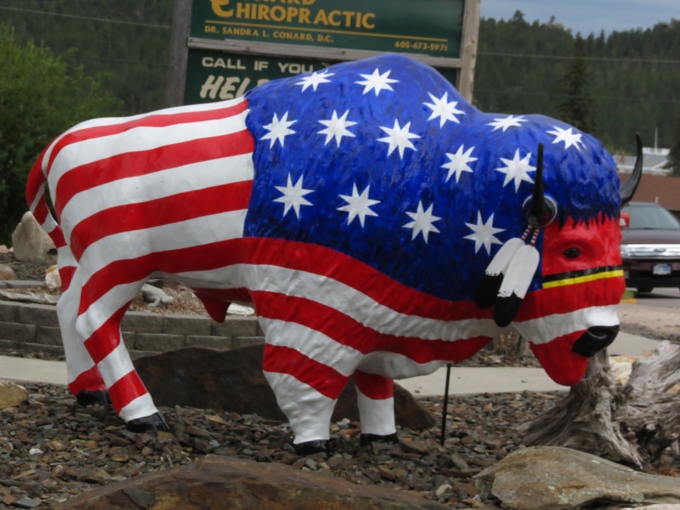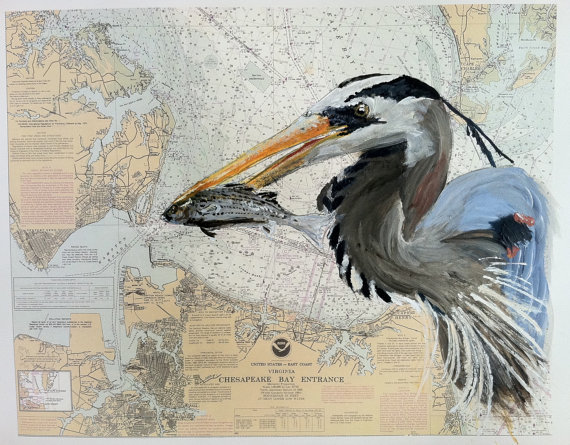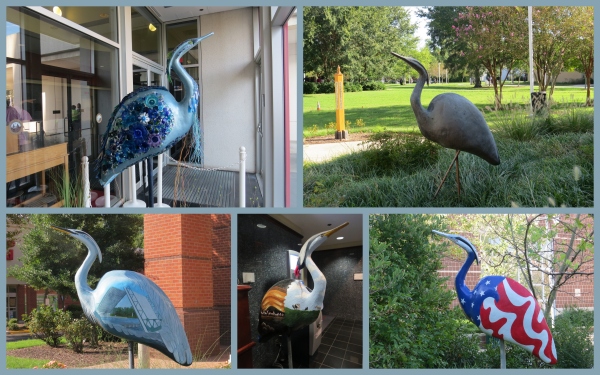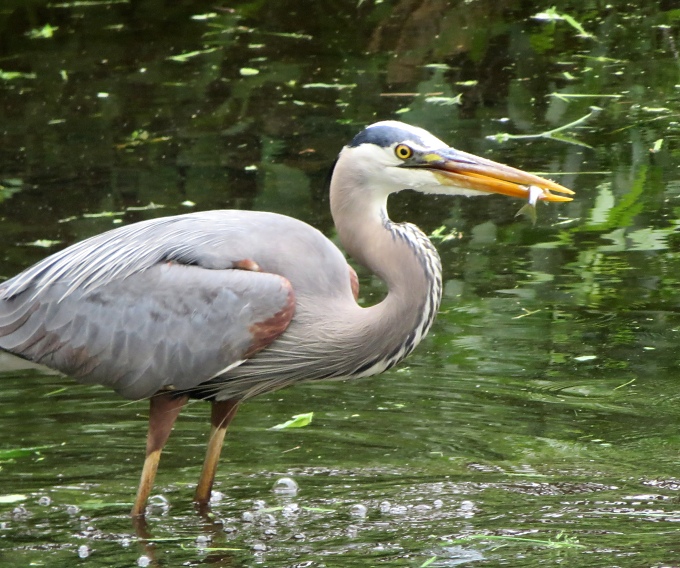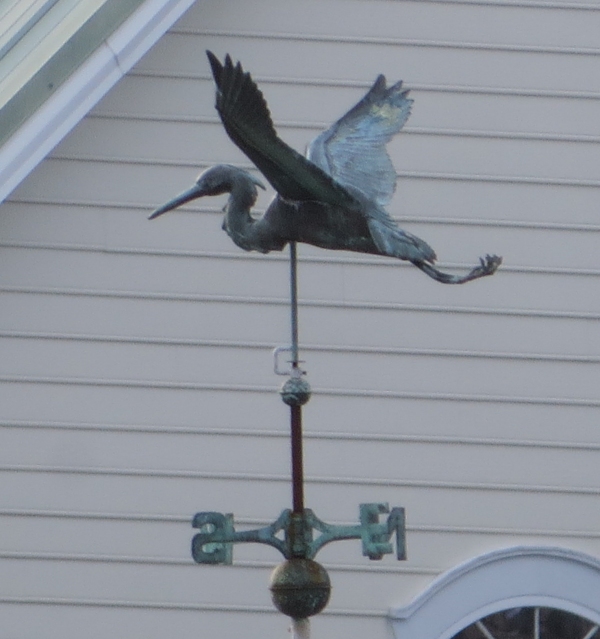I mentioned in a previous blog that the Great Bridge area of Chesapeake, Virginia is rich in history, especially relating to Revolutionary and Civil War battles. There are informational signs and markers everywhere and we've found it interesting to roam around on foot and soak up a little history. Walking through the Great Bridge Battlefields and Waterways Park is like stepping back in history.

According to Wiki, “its name is derived from the American Revolutionary War of Great Bridge, which took place on December 9, 1775 and resulted in the final removal of the Brits from the Virginia Colony.
Though the battles of Lexington and Concord took place months earlier, and are historically more memorable, the Battle of Great Bridge can be seen as the first strategically important colonial victory over the British, forcing Lord Dunmore's 200 redcoats to evacuate Fort Murray and withdraw to Norfolk.” A huge mural on the side of a local building commemorates the victory.

The “bridge” was originally just a narrow 10' wide causeway and remnants of it still remain under and around the modern Great Bridge bascule bridge, now situated about 50 yards to the south of the original bridge. The modern Great Bridge spans the ICW/ Albermarle and Chesapeake Canal. A replica of the original causeway is just one of the illustrative displays at the park.

Just across Battlefield Boulevard (yup, that's the name of the main street, aka VA-168) is the Great Bridge Locks Park. This waterway was critical for getting supplies to the Confederates during the Civil War and the Union worked hard to blockade it. The famous Battle of the Merrimack and the Monitor took places just a few miles up the Chesapeake River at Hampton Roads. There's a huge, 7,900 pound ship's anchor sitting on the lawn reputedly from the USS Hartford. The USS Hartford was most noted for its victory in the Battle of Mobile Bay in 1864 when its captain, Admiral Farragut, shouted “Damn the torpedoes! Full speed ahead!” The ship was dismantled at the Norfolk Navy Yard not far away from here and her parts were buried on vacant land along the Elizabeth River. In 2001, the anchor was discovered during excavation and moved here.

Beyond the history of wars and battles there are several informational placards describing the building of the nearby Great Dismal Swamp Canal and the Albermarle and Chesapeake Canal. The Great Dismal Swamp Canal was hand dug and opened in 1805. In the 1820s, Marshall Parks, Sr. was commissioned to deepen and widen the canal to accommodate larger, deeper draft steam vessels. His son, Marshall Parks, Jr. took over when his dad died in 1840, and completed the Albermarle and Chesapeake Canal in 1859. He was one of the first to envision and encourage the connecting of inland waterways along the east coast of the USA … today's Intracoastal Waterway (ICW).

The actual Great Bridge Lock is “located approximately 750 yards west of the Great Bridge Bridge, and is the western terminus of the Virginia Cut of the Albemarle & Chesapeake Canal. This tidal guard lock is a reversible-head, double-gated structure 600 feet long and 72 feet wide, with a depth of 16 feet. Its primary function is to prevent saltwater intrusion from the Southern Branch of the Elizabeth River into the freshwater North Landing River and to control tidal currents from these two rivers. [...]The first Great Bridge Lock was built by the Albemarle & Chesapeake Canal Company in 1859. The original Great Bridge Lock survived until 1917, when the Canal was widened. For fifteen years thereafter there was no lock, causing bitter complaints from shippers and local residents. [...]Under the management of the US Army Corps of Engineers, the Great Bridge Lock was completed on June 16, 1932.” From a strategic vantage point just west of the bridge, we can easily see boats and barges entering and leaving the locks as the locks open and close, usually in scheduled sync with the opening of the Great Bridge. We'll be heading through these locks in a few days as we make out way west to the Chesapeake Bay.

All in all, our morning walks have been quite educational and entertaining, while still fulfilling some of our daily exercise requirements. Multi-tasking at its best.




